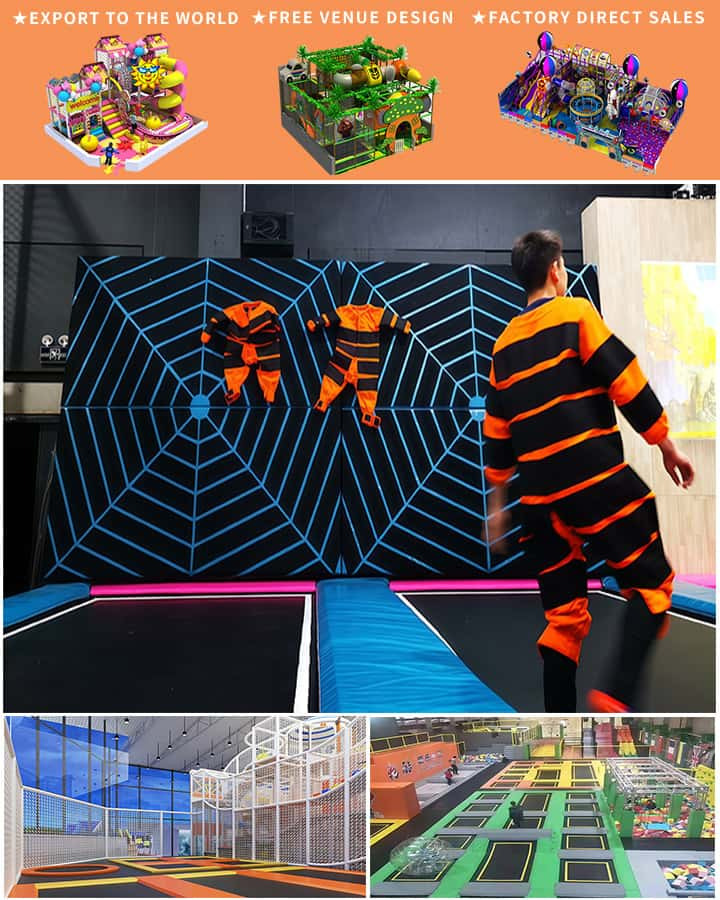Amusement parks are a magical blend of engineering marvels, innovative designs, and creative artistry. From towering roller coasters to whimsical carousels, the equipment that makes up these parks is both functional and fantastical. Central to the creation of such intricate structures is the use of Computer-Aided Design (CAD) drawings. This article will guide you through the process of creating amusement park equipment CAD drawings, covering key steps from conceptualization to execution.
Understanding CAD for Amusement Park Equipment
What is CAD?
Computer-Aided Design (CAD) is a technology used by professionals to create precision drawings or technical illustrations. In the context of amusement park equipment, CAD drawings are crucial for designing everything from ride vehicles to support structures. These digital blueprints help engineers and designers visualize, simulate, and refine their ideas before any physical construction begins.
Benefits of Using CAD
- Precision: CAD software allows for highly accurate measurements and specifications.
- Efficiency: Designs can be quickly edited and revised, saving time and resources.
- Visualization: Three-dimensional models help stakeholders better understand and approve designs.
- Safety: Simulation tools can predict structural performance and identify potential issues.
Steps in Creating Amusement Park Equipment CAD Drawings
1. Conceptualization

The first step involves brainstorming the type of ride or equipment you wish to design. Consider factors like target audience, safety regulations, and the overall theme of the amusement park. Sketch preliminary concepts on paper before moving to CAD software.
2. Research and Analysis
Thorough research is essential. Study existing rides, materials, safety standards, and engineering principles. Use this information to inform your design choices and ensure compliance with industry standards.
3. Selecting CAD Software
Choose a reliable CAD software that suits your needs. Popular options include AutoCAD, SolidWorks, and CATIA. Each has its strengths, so pick one that aligns with your project requirements.
4. Design Development
Begin creating your CAD drawings by setting up the project parameters and dimensions. Use basic shapes to form a rough layout of your equipment. Pay attention to ergonomics, aesthetics, and functionality.
5. Detailing and Refinement
Once the basic structure is in place, move on to detailing. Add specific components, fasteners, and textures. Utilize CAD’s simulation tools to test structural integrity, stress points, and motion mechanics if applicable.
6. Collaboration
Amusement park projects often require teamwork. Share your CAD drawings with other stakeholders such as engineers, architects, and safety inspectors for feedback and revisions.
7. Finalization and Production
After thorough testing and review, finalize your design. Export the CAD drawings in appropriate formats for manufacturing and assembly. Ensure all details are clear and accurate to avoid production errors.
Tips for Successful CAD Drawings
- Start Simple: Begin with straightforward designs and gradually incorporate complexity.
- Stay Organized: Keep your project files well-organized and consistently named.
- Regular Backups: Always save backups of your work to prevent data loss.
- Continuous Learning: Stay updated with new features and updates in your CAD software.
- Seek Feedback: Don’t hesitate to ask for advice from more experienced designers or peers.
Conclusion
Creating CAD drawings for amusement park equipment is a meticulous yet rewarding process that combines creativity with technical expertise. By following these steps and utilizing the benefits of CAD technology, you can design safe, exciting, and visually stunning attractions that captivate park visitors and stand the test of time. Whether you’re designing a high-speed roller coaster or a charming carousel, mastering CAD is the key to bringing your vision to life.




